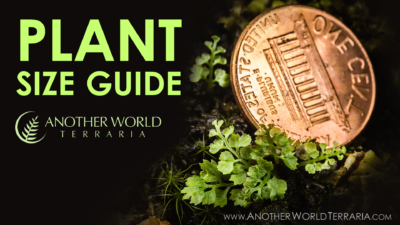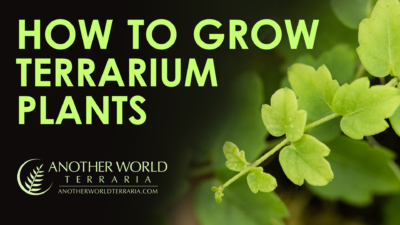Genus
Bulbophyllum See All Search SiteSpecies
mucronatumSynonyms
- Bulbophyllum alagense
- Bulbophyllum alagense "Small Form"
Taxon Family
OrchidaceaeOrigin of Taxon
Borneo, Jawa, Laos, Malaya, Philippines, Sulawesi, Sumatera, ThailandGrowth Habit
Trailing/Rambling, RhizomatousImages
-
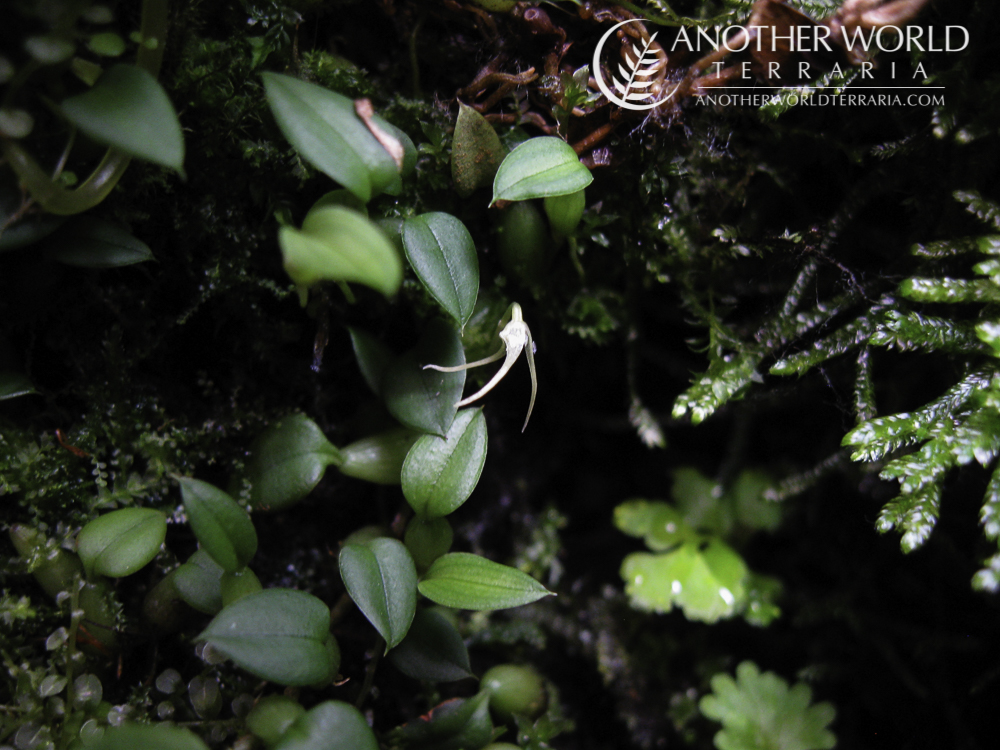
Bulbophyllum mucronatum in bloom
-
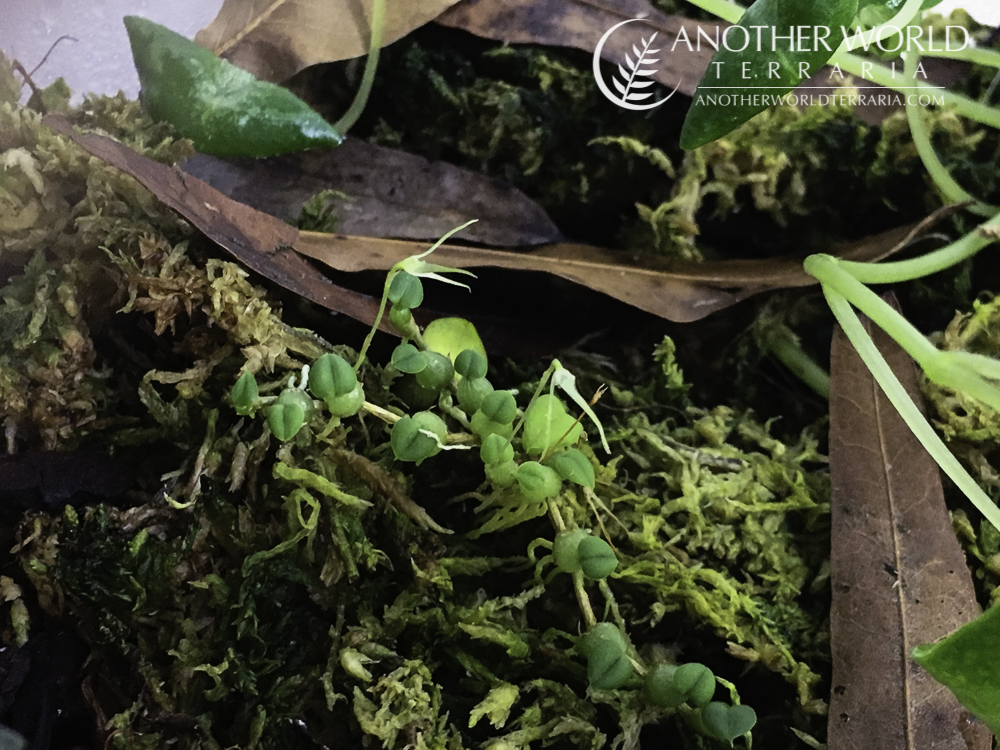
Bulbophyllum mucronatum in bloom
-
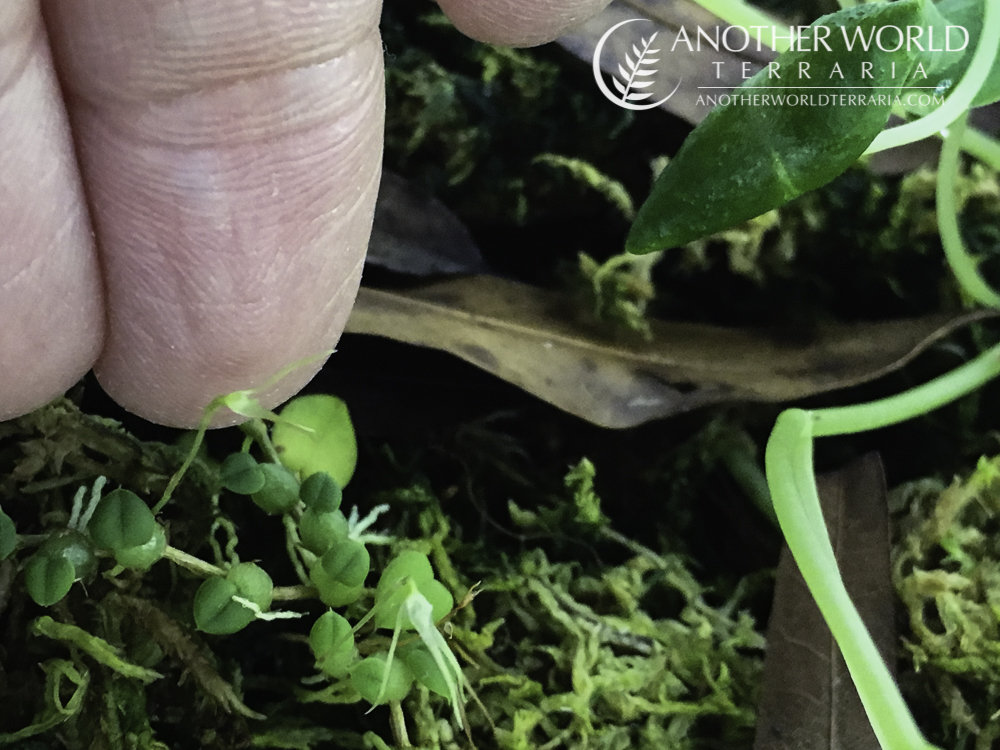
Bulbophyllum mucronatum in bloom, next to a finger for scale
-
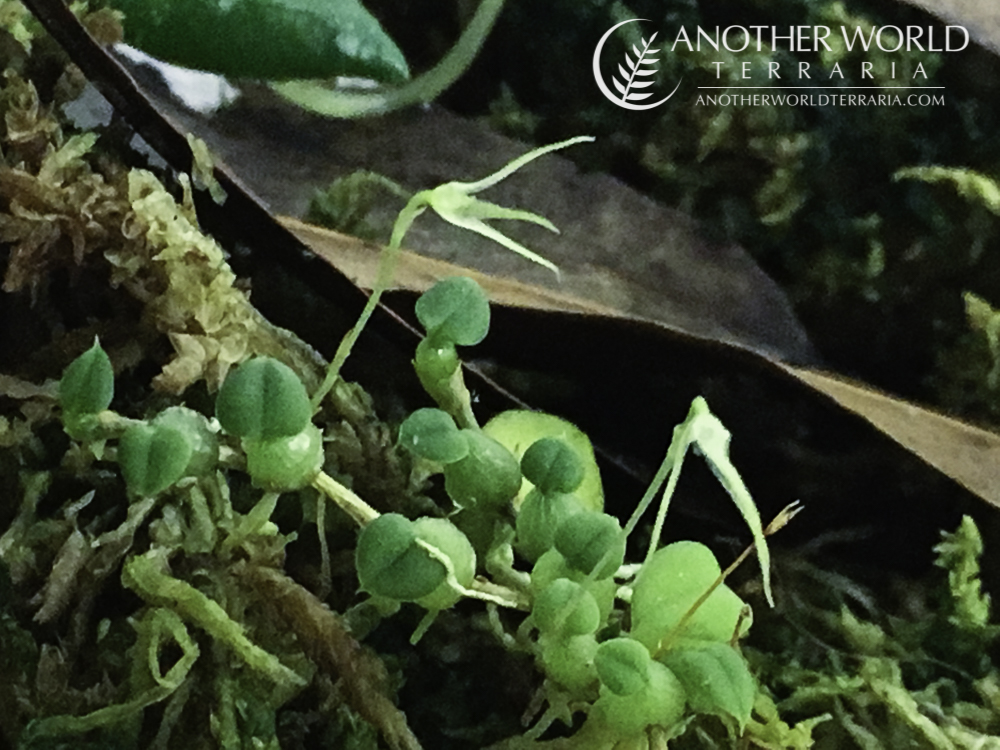
Bulbophyllum mucronatum in bloom
Description
This plant is occasionally mislabeled as Bulbophyllum alagense. There are a couple of subspecies, and the plant varies in appearance depending on conditions and locale. My plant seems to be one of the smaller forms.
It originates from Southeast Asia where it grows in mossy forests, in warm to hot temperatures.
Foliage
The leaves are ovate to oblong in shape, with a sharp tip, and have a smooth texture. Each leaf is attached to a small pseudobulb.
Growth habit
This orchid has a creeping habit. The rhizomes branch out and the plant creates a slowly expanding carpet.
Flowers
The flowers are very small (¼” long), with three thin, sharp petals. They are typically a pale whitish color, though some forms may be yellow or greenish. The blooms are not held much higher than the foliage.
Due to the bloom’s tiny size, pale color, and short stalks, they are very inconspicuous and easy to overlook. If you want to see them, keep a very close eye on the plant year round.
Culture info
This micro orchid is one of the easiest orchids to grow in a terrarium and is great for beginners who may not fare as well with more challenging species.
Substrate
It’s best grown as an epiphyte on wood, backgrounds, or other raised areas with good drainage.
You can browse the substrates list on my Amazon page to see some of the substrates that I use for my plants and terrariums.
Water
Keep it moist, but not wet. If mounted epiphytically, it will do better with a layer of sphagnum to hold moisture at the roots, otherwise it should be misted often enough that it isn’t dry for too long.
Although B. mucronatum prefers to be moist, it is tolerant of occasionally being slightly on the drier side for short periods.
Humidity
This orchid does best with high to very high humidity.
Temperature
Bulbophyllum mucronatum should be given Intermediate to warm temperatures.
Light
The foliage will be more attractive in shape and color when grown in low to medium light levels.
By the way, I have a video that shows and discusses the lights I use for my plants, as well as a tutorial series for how to set up a grow rack.
Air
This species does best in low to medium air movement. Remember to keep the humidity high.
Fertilizer
Any gentle fertilizer will work.
See my plant fertilization video for more info, or pick up some of my recommended fertilizers on Amazon.
Propagation
This plant is best propagated by dividing a large clump. For best results, only take divisions with healthy growth and roots, and include at least five pseudobulbs.
Where to Buy
References
- GBIF search for "Bulbophyllum mucronatum"
- Kew Plants of the World search for "Bulbophyllum mucronatum"
- WikiSpecies search for "Bulbophyllum mucronatum"

